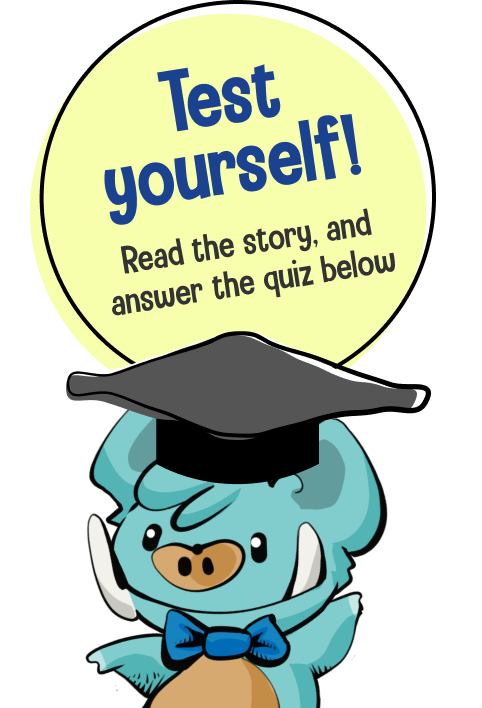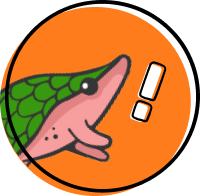
How scientists uncover the world’s secrets through curiosity and investigation
Curiosity drives scientists to ask questions and investigate using diverse methods, always seeking to learn more about the world





What are the reasons why scientists try to discover new things?


What are the reasons why scientists try to discover new things?


Difficulty: Challenger (Level 2)
What does it take to be a scientist? They need to be good at asking questions and finding answers by investigating the world. They must remember that no matter how much they know, there is always more to learn.
Asking questions
Most scientists want to understand how things in the world work.
That means they start by asking questions. The questions might be driven by curiosity about something amazing in nature, like “Why do stars look like they’re twinkling?” or “Why do these birds have such fancy feathers?”
Or they might be driven by wanting to help communities with a problem, like “How can we keep this river healthy?” or “What can we do about climate change?”
However, all good scientific questions have something in common: they will point towards an investigation that can help scientists find answers.
Scientists investigate in many different ways. Some examples are observing how animals behave in the wild, measuring how plants grow over time, doing an experiment in a lab, or using a computer to create a simulation of a black hole.
Finding answers
The scientific method is a recipe for finding answers. It goes like this:
-
Ask a question.
-
Come up with a guess, called a hypothesis, about an answer to your question.
-
Create an experiment to test your hypothesis.
-
Report what you learned so others can learn from it too.
Many scientists always follow these steps. However, not all scientific projects start with a hypothesis and then test it. Some begin with big, open-ended questions and investigate them by exploring.
There is not just one scientific method – there are many different ways to find answers.
Always more to learn
Becoming a scientist takes a lot of learning. But it is important for scientists to keep in mind that they don’t know everything.
Scientists work hard to learn true things about the world. But the things we think are true can change over time.
A few hundred years ago, people thought they got sick because of poison in the air. Then, we learned about how bacteria and viruses make us ill. But we still have not figured out everything about how that works.
It is great to be curious – there is always more to learn!
This article was first published in The Conversation. It was written by Emily Parke, a senior lecturer in philosophy at the University of Auckland, Waipapa Taumata Rau.
Suggested Answers
Stop and think: Scientists are driven by curiosity and look to find answers to things that happen around us. Otherwise, scientists also learn more about science and the world in order to help other communities that may be struggling with a problem such as an environmental issue or a health issue.



tests and trials done to prove something
examining or looking into something thoroughly
a specific or structured way of doing things
a model of a real world event
shiny and sparkling

tests and trials done to prove something
examining or looking into something thoroughly
a specific or structured way of doing things
a model of a real world event
shiny and sparkling